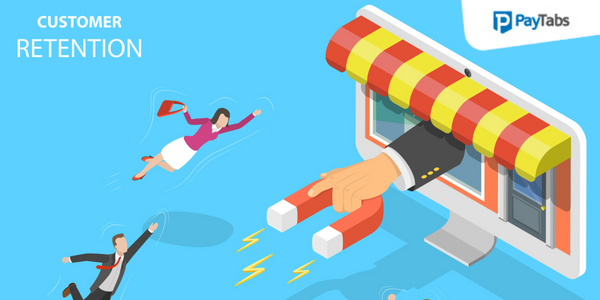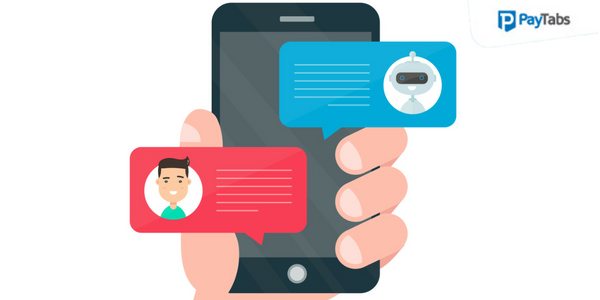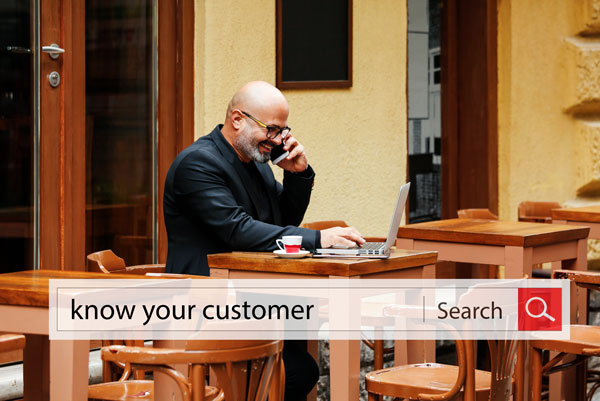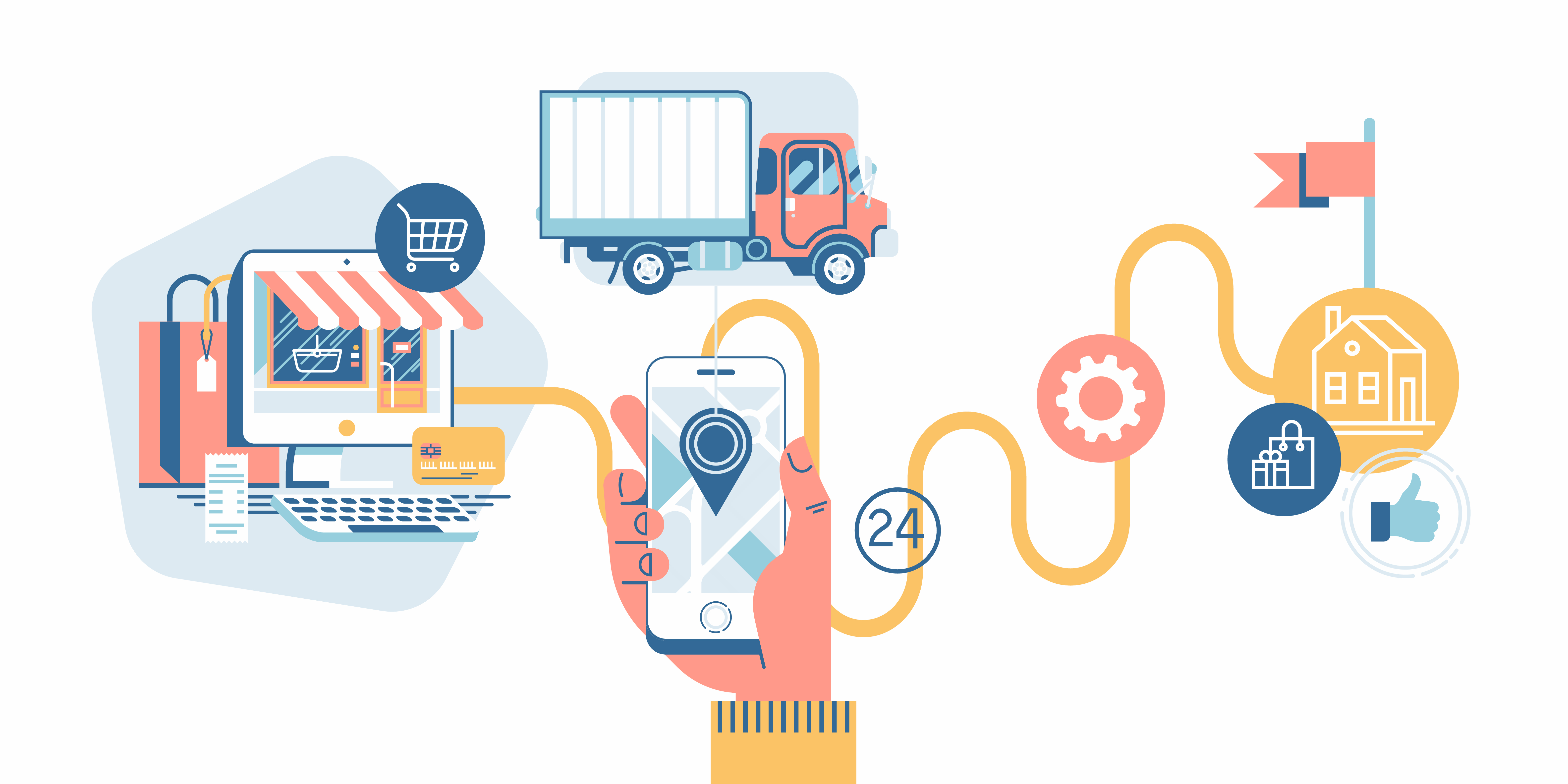Five Tips to Increase Customer Retention

If your company’s focus is solely on customer acquisition, you need to pause and reconsider your strategy. A study by Bain & Company in collaboration with Earl Sasser of the Harvard Business School shows that a 5% increase in customer retention rates increases profits by 25% to 95%. That should be enough motivation to focus on customer retention for your business.
Let’s first understand the “why” of Customer Retention –
Some of the reasons to invest more in customer retention include:
- Customer retention is cheaper than acquisition.
- Loyal customers are more profitable than new customers.
- Long-term customer relations boost your brand reputation
- Repeat purchases from repeat customers translate to repeat profit especially when you accept payments online
- Loyal customers are less price-conscious than new customers
- Loyal customers stand by your brand even in tough times
- Loyal customers offer free word-of-mouth advertising
- Retained customers offer valuable feedback
Now that we have established why you must have a customer retention strategy, here are some tips which can help you build that plan.
Tips to increase customer retention
Like with any other business strategy, you have to be proactive and innovative to increase customer retention. The following are customer retention ideas you can implement for your business:
- Create a VIP program for your customers
The status an individual achieves in life can motivate them to act in a particular way. When you accord your loyal customers an elevated status and give them exclusive offers, they become motivated to stick with your brand. They feel honored and their new status creates a sense of belonging and they will continue shopping with you.
- Target customers with special offers
The best CRM tools will also provide a lot of data about your customers. A customer’s purchase history comes in handy when you want to create specially targeted offers for them. Targeted marketing not only increases conversion but also builds a strong bond between your brand and the customer.
- Be where your customers are
If you want to compete in your industry, you have to keep up-to-date with consumer behavior and be present where they are available. If your data shows most customers are on social media, make sure you invest in a social media strategy and interact with your customers here. You have to provide a consistent and seamless experience on all channels if you expect to retain customers.
- Go big on feedback and act on the information
If you don’t understand your customers, there is no way you will improve customer retention. If for instance, you have installed a new feature on your site, you need to get reactions from your loyal customers and act fast on the information. Don’t believe your team alone but ask for regular customer feedback and leverage it to increase customer retention.
- Build a consistent customer experience
To build trust with your customers, you need to provide a consistent user experience. For this reason, map out a consistent customer experience such that your customers can rely on you to always come through. Don’t offer nasty surprises thinking that it is a revolutionary move.
In essence, customer retention requires a clear-cut strategy touching all areas of your business. From your free payment gateway for website to the customer service support, use these tips to increase customer retention.




